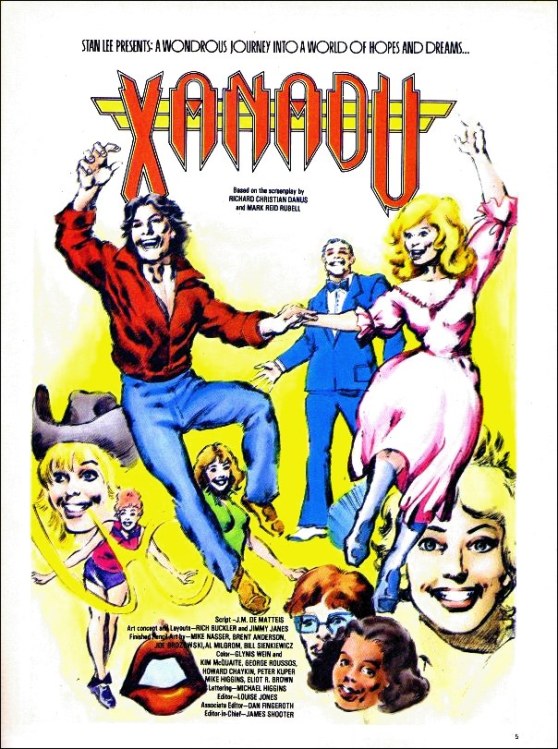April Ghouls Drive-In Monster-Rama is back at The Riverside Drive-In Theatre in Vandergrift, PA on April 26 and 27, 2024. Admission is still only $15 per person each night (children 12 and under free with adult) and overnight camping is available (breakfast included) for an additional $15 per person. You can buy tickets at the show but get there early and learn more here.
The features for Friday, April 26 are The Return of the Living Dead, the new Blue Underground 4K print of Deathdream, Messiah of Evil and The Children.
Saturday, April 27 has Killer Klowns from Outer Space, Escape from New York, Starcrash and Galaxy of Terror.

The best thing that I can say about this movie is that nearly every person in it is a horrible person. There are cops that don’t do their jobs well, expectant mothers that smoke and other parents that could care less if their kids have come home yet. Even the nice people in this movie only exist to be snuffed out. This is the blackest of comedies and also the most nihilistic of films.
Jim and Slim, a couple of workers at the Ravensback chemical plant decide to finish work early and head to the bar, neglecting the pressure gauge warnings and allowing a cloud of yellow toxic smoke to escape.
That yellow cloud finds its way to a school bus full of innocent children who are so well behaved that they even sing a song to compliment their bus driver. Suddenly the bus passes through the yellow cloud and the kids get turned into zombie-like monsters with black fingernails.
The townspeople only think the kids have disappeared, so they shut the town down and try and keep out any outsiders until things clear up. Boy, this town…there’s Billy the local sheriff, who is in over his head. There’s Harry his deputy who only seems to want to get it on with Suzie (and who can blame him, what else is there to do in a small town?). And then there’s Molly, who runs the general store and is also the police dispatcher, because that makes sense. She’s played by Shannon Bolin, a singer who was once known as The Lady with the Dark Blue Voice in the 1940’s.
Even though this was made in 1980, it’s both woke and exploitation enough to give zombie Tommy two mommies. One of them, Dr. Joyce, is among the first to be burned alive by one of The Children. Not the last — as the kids all come home, they burn their parents and most of the town alive.
I guess John is our hero and his wife Cathy is pregnant (and pats her stomach and says, “Sorry…” before smoking a cigarette), so he’s obviously worried about her. That’s when this movie shifts into one that totally lives up to today’s theme. Kids get killed left and right with impunity. Roasted in closets, zombified hands chopped off, shotgunned…it’s pretty much open season on children. And when The Children die, it sounds like a cat in heat.
After all that, John falls asleep and wakes up to deliver his wife’s baby. We get a peaceful scene of the many, many dead bodies with the children all lying there looking peaceful and not dismembered. That’s when John noticed that his newborn child has black fingernails.
Director Max Kalmanowicz only has one other credit, the weirdo sex comedy Dreams Come True, where “a young couple masters the supernatural art of astral projection which allows them to travel through dreams, explore their fantasies and make a whole lot of love.” Hopefully nobody cuts off a ten year old’s hand in that movie.










